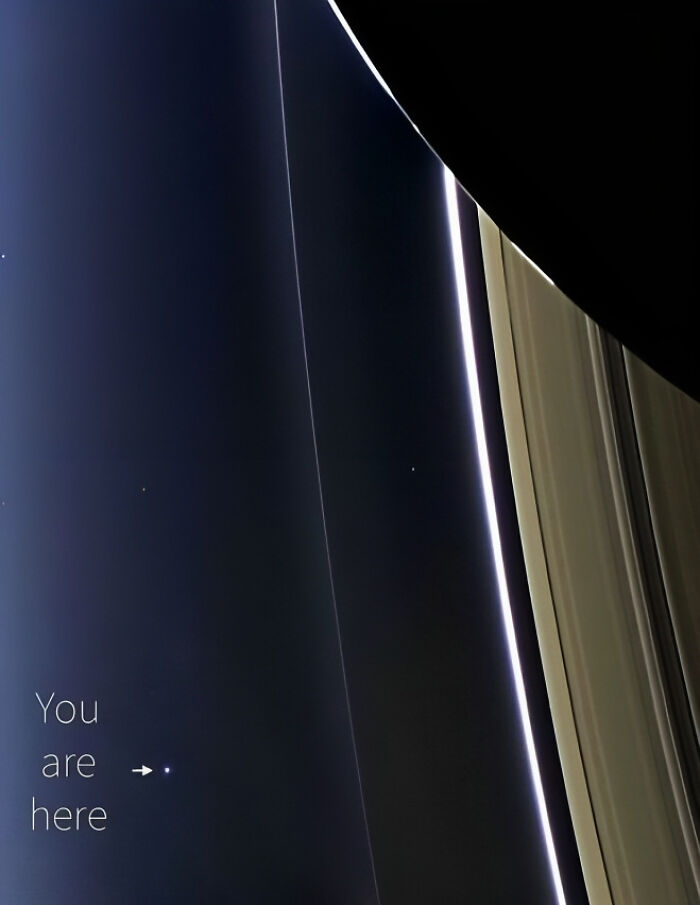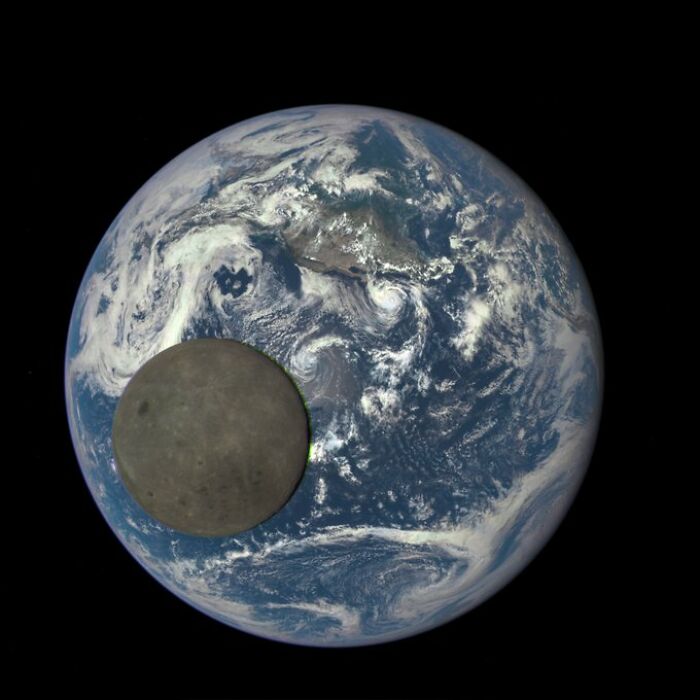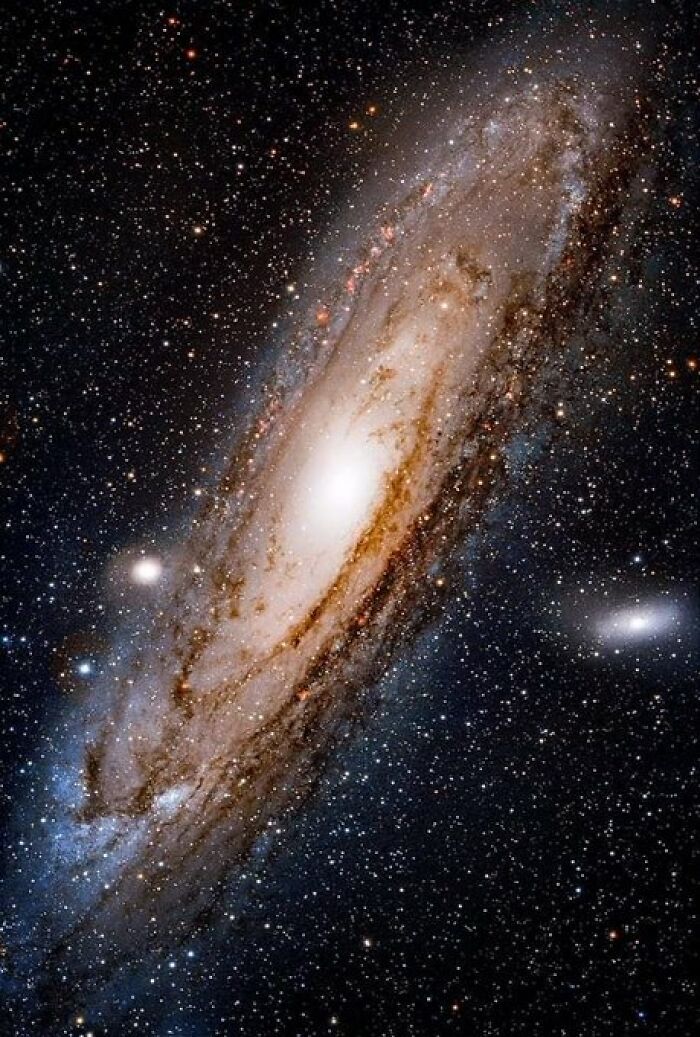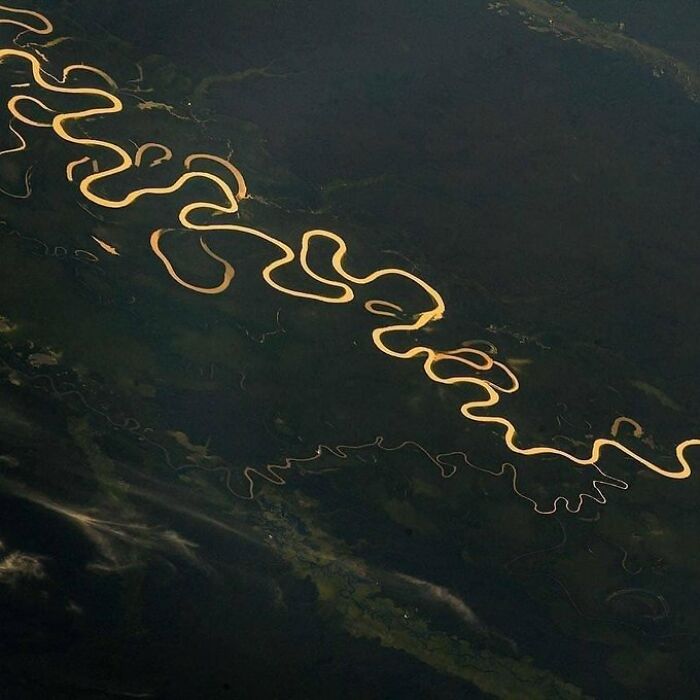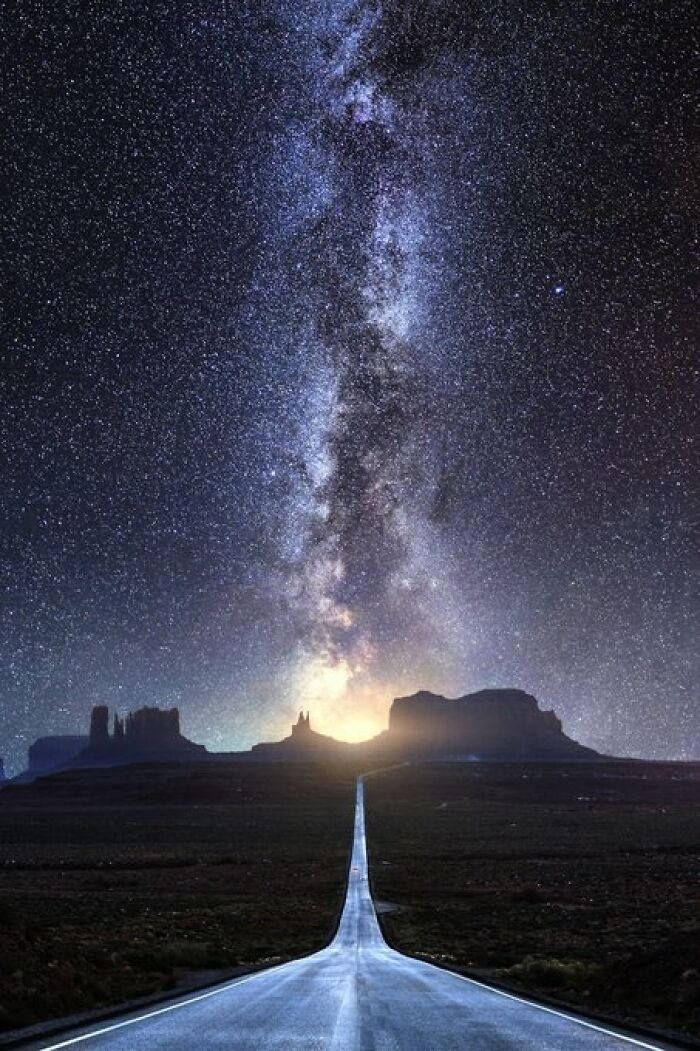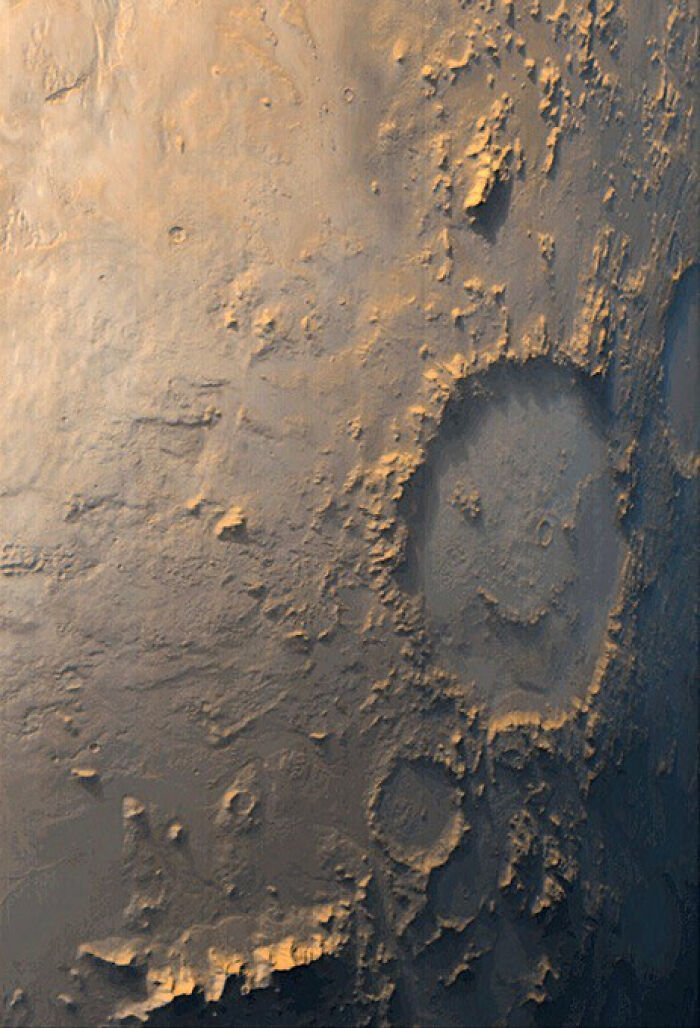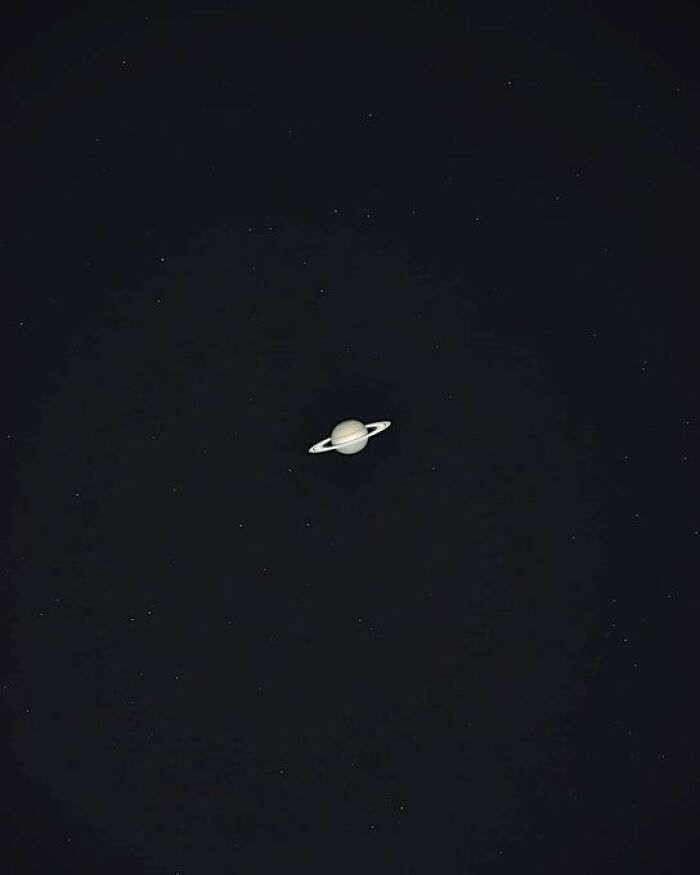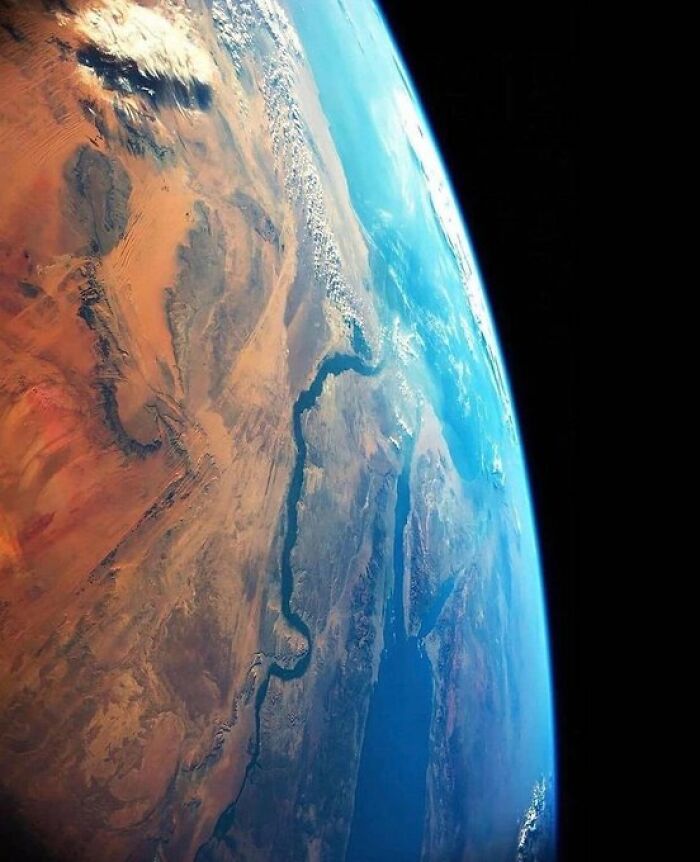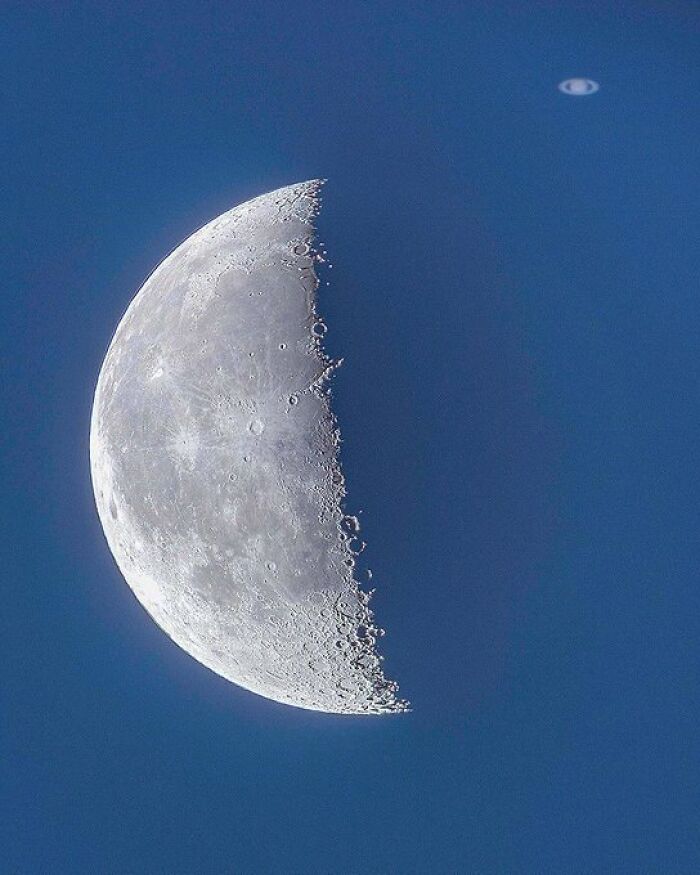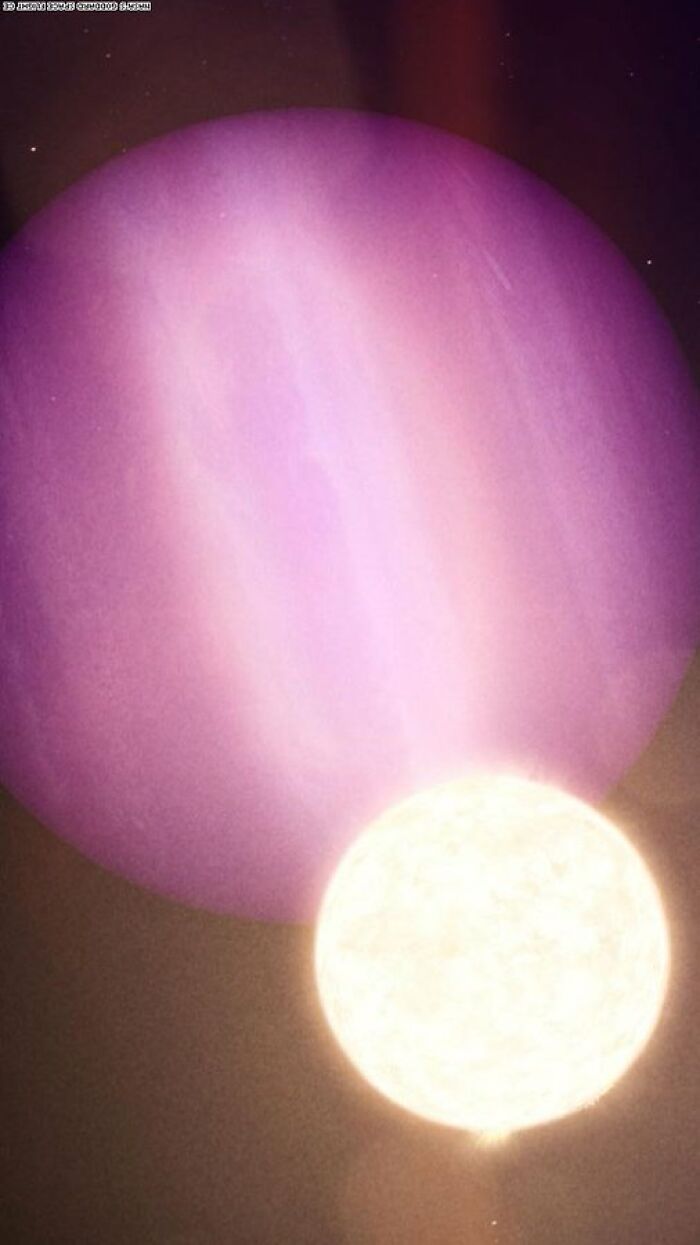The universe is boundless, and as technology advances, our knowledge about it expands. Yet, in the face of the infinite, how much can we truly fathom?
Calling all astronomy enthusiasts! Explore the enigmatic cosmos through captivating images curated from the 'MAstronomers' X account.
Join stargazers, astronomers, and space enthusiasts as we delve into the wonders of the night sky, share awe-inspiring astronomical discoveries, and explore the latest advancements in the field of astrophysics. The members of the account are curious about the universe, are you?
This post may include affiliate links.
The Spectacular Phenomenon Of A Lightning Tornado. Yes, It Is Above An Erupting Volcano
Once, we believed our Milky Way Galaxy was everything. Now we know our universe contains billions of galaxies and has a long history.
As the author Douglas Adams put it, "You just won't believe how incredibly vast and mind-bogglingly huge space is. I mean, you might think going to the corner store is a long journey, but that's absolutely minuscule compared to the grandeur of space."
The Photographer Leonardo Sens, Waited 3 Long Years To Take This Fantastic Shot In Rio De Janeiro, Brazil
The Closest View Of Jupiter
Consider this: In our Milky Way alone, we estimate around 100 billion stars, and across the Universe, there are at least 140 billion galaxies. If galaxies were frozen peas, there would be enough to fill an auditorium the size of the Royal Albert Hall.
Now, let's ponder this cosmic question: How did this unimaginably colossal Universe come into existence?
The universe began with the Big Bang, a massive space explosion. From hot, dense conditions, space expanded, cooled down, and created basic elements. Gravity gathered matter, forming the first stars and galaxies. These galaxies grouped into clusters, and some stars exploded, seeding new ones and letting rocky planets form.
The Little Dot In Front Of The Sun Is Actually Mercury
A Spectacular View Of An Iridescent Cloud
Leaked Photo Of Nasa Taking The Sun Down For Maintenance
But let's explore space further. We'll give you some interesting facts about it. Learning about planets, the Moon, Sun, and stars will help you grasp our place in the universe.
Neil Armstrong, the first person to set foot on the moon, accomplished this historic feat during the Apollo 11 mission. The mission's objective was to land two astronauts on the lunar surface.
Neil Armstrong was joined by Buzz Aldrin on this remarkable journey. On July 20, 1969, they took their momentous steps on the moon. It was Neil Armstrong who uttered the now-famous words, "That's one small step for man, one giant leap for mankind," as he descended onto the lunar surface.
A Meteor, The Milky Way And Mount Fuji, Japan
But we all know it's actually a crashing spaceship and aliens are gonna overrun us. Seriously: beautiful!
One Of The Most Detailed Images Of Saturn
One Of The Most Detailed Images Of Pluto
Have you ever witnessed a rocket launching into space? It's quite a spectacle because rockets have to reach incredibly high speeds! To orbit around Earth, a rocket zooms at a staggering 17,600 miles per hour. But if your journey takes you beyond Earth's gravity, you have to go even faster, sometimes reaching speeds of up to 25,000 miles per hour!
The Veil Nebula In High Definition From Hubble
Fun fact: in finnish nebula is "tähtisumu", literally "starfog"
This Looks So Unrealistic But This View Of Earth And Moon Is Actually Real And Captured By Nasa's Lunar Reconnaissance Orbiter
“Devils Horns” Partial Eclipse Sunrise Captured In Qatar By Elias Chasiotis
Space is very cold at around -270.45 Celsius, but there is at least one super hot thing there - the sun. And it is huge. In fact, it's so immense that you could squeeze a whopping 1.3 million planet Earths inside it!
Saturn In Ultraviolet
Last Pic Of Earth Taken By Cassini Before It Crashed Into Saturn
“It has been said that astronomy is a humbling and character-building experience. There is perhaps no better demonstration of the folly of human conceits than this distant image of our tiny world. To me, it underscores our responsibility to deal more kindly with one another, and to preserve and cherish the pale blue dot, the only home we've ever known.” — Carl Sagan, Pale Blue Dot, 1994
The Clearest Image Ever Taken Of Mercury's Surface
Poor Mercury isn't feeling his best. At least he hasn't been demoted.
The longest duration spent in space is a remarkable 437 days – that's over a whole year! Valery Polyakov secured this record during his mission, which lasted from January 1994 until March 1995. During this extensive stay in space, he completed a staggering 7,000 orbits around Earth while dedicating his time to conducting experiments and scientific research.
Jupiter And Its 4 Largest Moons Glowing In The Night-Sky. Ganymede, Europa, And Callisto On The Left, Io On The Right Side
From A Million Miles Away, Nasa Captures Moon Crossing Face Of Earth. (Yes, This Is Real)
Fun fact: the ratio of these two diameters matches the ratio of the Death Star to its laser canon diameter. Coincidence?
Clearest Image Ever Taken Of Venus
I believe the longest a probe lasted on its surface was 19 seconds. Please correct me if I’m wrong Edit: I’m wrong
Space is eerily silent because sound requires a medium, like air, to travel through, and space is mostly a vacuum devoid of air. However, astronauts have a lifesaver – they communicate using radios, as radio waves can still transmit through the vacuum of space. Phew, indeed! Without that, those long months in space would be quite isolating.
Milky Way From Ojas De Salar In The Atacama Desert Of Chile
Blood Moon Eclipse Timelapse From La Porte, Texas At The San Jacinto Monument
Incredibly Detailed Photograph Of Our Sun
We trust you've caught a glimpse of the expansive universe, igniting curiosity and sparking contemplation. If you hunger for more cosmic wonders, don't forget to explore the rest of the captivating images on the astronomy enthusiasts' X account, 'MAstronomers.'
Aurora Borealis On Saturn Captured By Hubble
The Andromeda Galaxy - Captured With An 11 Inch Telescope From The Desert
One, very distant day, this galaxy will collide with ours. According to some calculations, it's going to look somewhat like that: https://www.youtube.com/watch?v=4disyKG7XtU
A Year Of Sunrises
You Are Looking At 140,000 Cosmic Islands. Every Point Of Light Is An Entire Galaxy, Each Containing Billions Of Stars, Trillions Of Planets And Who Knows, May Be Life
Or this image, that blows my mind. If I understand correct, this is as much sky as if you hold up your pinky nail! All except a few dots here are galaxies, like five stars, rest is galaxies!! https://www.nasa.gov/content/discoveries-hubbles-deep-fields
Amazon River From Space
Aurora Over Norway
Solar Eclipse On Cañón De Chelly, Arizona, Makes It Look Like We're On Mars. Or Like A Black Hole Appeared Out Of No Where
The Mighty Ring Nebula
Voyager Captures Jupiter And Europa- One Of Its 79 Moons
Apollo 16 Astronaut Charles Duke Left This Family Photo On The Moon In 1972
“Through Our Eyes, The Universe Is Perceiving Itself .." ~ Alan Watts 📸: Helix Nebula
Don't know how true this is, but came to think of this image: brainuniverse.jpg 
Astronomy Picture Of The Day: The Orion Nebula
Earth's Curvature In 2 Images
Meteor Over Mount Fuji
The Violent Center Of The Carina Nebula, A 460 Light Year Wide Monster Holding Some Of The Most Beautiful Gas And Dust Structures In The Milky Way For Our Eyes To See!
We Have Come A Long Way
I see the upper view every night when I walk my dog. It breaks my heart.
A Visual Representation Of Size Of Jupiter Compared To Earth
Saturn's North Pole Is A Hexagon
Volcanic Eruption Seen From Space 😲
Here is the YT, where you see little bit different angles https://www.youtube.com/shorts/rLS1MUamNG4
Once In A Lifetime Capture
Where is this? Edit: I did check out the original photographer. Amazing work: https://www.prasenjeetyadav.com/
A Very Rare Solar Halo Is Visible Over A Mountain In Sweden. Wow!
Saw one a while ago. stunning. I wonder what people in 1300th thought is was?
If You Ever Get Lost In The Milky Way Galaxy, This Is Your Map To Get Back To Earth
Saturn Rising Behind The Moon
That's a still from a video. Check it out if you want: https://www.youtube.com/shorts/Fmy71_3RSeQ
The Crab Nebula
Nasa's James Webb Space Telescope Has Spotted A Giant 'Question Mark' Object In A New Deep Space Image
Amazing View Of Italy As Seen From The Iss | Nasa
Blue Sunset On Mars
This was beautiful! Space is so beautiful and so interesting and amazing!
So beautiful. I marvel at the progress science and technology made since I first saw photos of space as a child.
This was beautiful! Space is so beautiful and so interesting and amazing!
So beautiful. I marvel at the progress science and technology made since I first saw photos of space as a child.

 Dark Mode
Dark Mode 

 No fees, cancel anytime
No fees, cancel anytime 


























